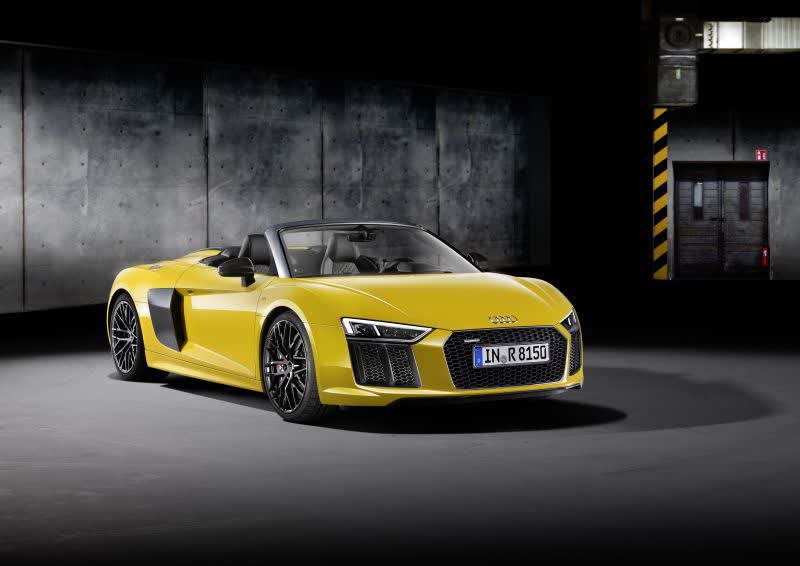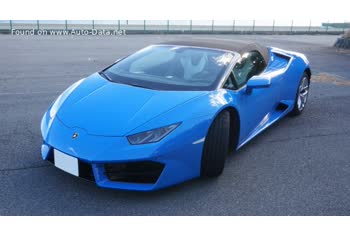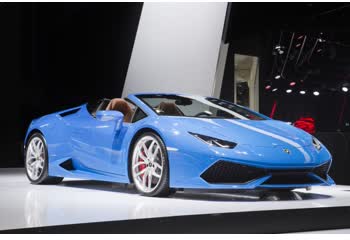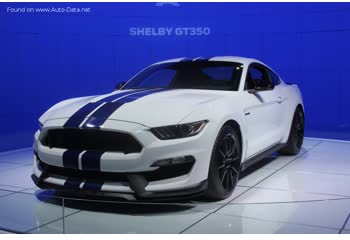Everything you need to know about specifications and performance - Audi R8 2016 - 5.2 FSI V10 (540 Hp) quattro S tronic

Overview:
What is the engine capacity of a Audi R8 2016?
The engine capacity of the Audi R8 2016 is 5204.
Audi R8 2016 How many horsepower?
The engine power of the Audi R8 2016 is 540 Hp @ 7800 rpm..
What is the Audi R8 2016 engine?
Audi R8 2016 engine is CSPB. (Click to see other cars using the same engine)
How much gasoline does a Audi R8 2016 consume?
The Audi R8 2016 consumes 11.7 liters of gasoline per 100 km
General:
Engine:
Performance:
Space:
dimensions:
Powertrain, Suspension and Brakes:
See also

Last generation.
Its production began in 2021 until 2023

Other generation.
Its production began in 2019 until 2022

Same production year and almost the same engine capacity.
Its production began in 2016 until 2019

Same production year and almost the same engine capacity.
Its production began in 2016 until 2019

Same production year and almost the same engine capacity.
Its production began in 2016 until Now

Write a comment